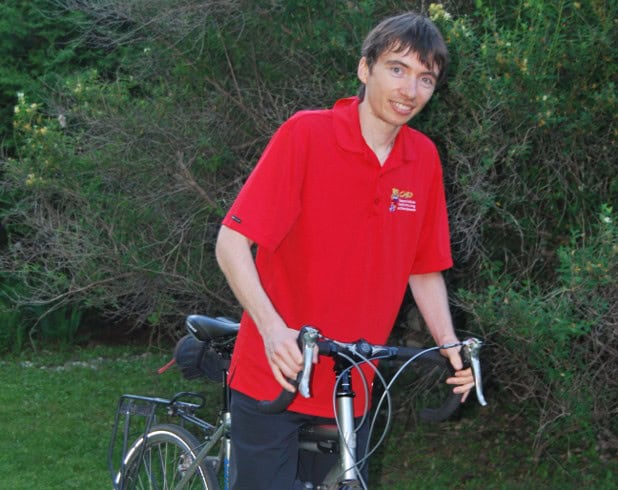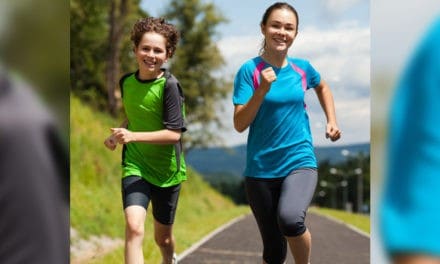Dr. Richard Larouche and HALO Director Dr. Mark Tremblay are among the authors on a paper, “NEWS for Africa: adaptation and reliability of a built environment questionnaire for physical activity in seven African countries,” that was recently published in the International Journal of Behavioral Nutrition and Physical Activity. Citation details and a summary of the paper are below.
Adewale L. Oyeyemi, Sandra S. Kasoma, Vincent O. Onywera, Felix Assah, Rufus A. Adedoyin, Terry L. Conway, Sarah J. Moss, Reginald Ocansey, Tracy L. Kolbe-Alexander, Kingsley K. Akinroye, Antonio Prista, Richard Larouche, Kavita A. Gavand, Kelli L. Cain, Estelle V. Lambert, Richmond Aryeetey, Clare Bartels, Mark S. Tremblay, James F. Sallis. NEWS for Africa: adaptation and reliability of a built environment questionnaire for physical activity in seven African countries. Int J Behav Nutr Phys Act. 2016;13:33.
ABSTRACT: Background. Built environment and policy interventions are effective strategies for controlling the growing worldwide deaths from physical inactivity-related non-communicable diseases. To improve built environment research and develop African specific evidence, it is important to first tailor built environment measures to African contexts and assess their psychometric properties across African countries. This study reports on the adaptation and test-retest reliability of the Neighborhood Environment Walkability Scale in seven sub-Saharan African countries (NEWS-Africa). Methods. The original NEWS comprising 8 subscales measuring reported physical and social attributes of neighborhood environments was systematically adapted for Africa through extensive input from physical activity and public health researchers, built environment professionals, and residents in seven African countries: Cameroon, Ghana, Kenya, Mozambique, Nigeria, South Africa and Uganda. Cognitive testing of NEWS-Africa was conducted among diverse residents (N = 109, 50 youth [12 – 17 years] and 59 adults [22 – 67 years], 69 % from low socioeconomic status [SES] neighborhoods). NEWS-Africa was translated into local languages and evaluated for 2-week test-retest reliability in adult participants (N = 301; female = 50.2 %; age = 32.3 ± 12.9 years) purposively recruited from neighborhoods varying in walkability (high and low walkable) and SES (high and low income) and from villages in six of seven participating countries. Results. The original 67 NEWS items was expanded to 89 scores (76 individual NEWS items and 13 computed scales). Several modifications were made to individual items, and some new items were added to capture important attributes in the African environment. A new scale on personal safety was created, and the aesthetics scale was enlarged to reflect African specific characteristics. Over 95 % of all NEWS-Africa scores (items plus computed scales) demonstrated evidence of “excellent” (ICCs > .75 %) or “good” (ICCs = 0.60 to 0.74) reliability. Seven (53.8 %) of the 13 computed NEWS scales demonstrated “excellent” agreement and the other six had “good” agreement. No items or scales demonstrated “poor” reliability (ICCs < .40). Conclusions. The systematic adaptation and initial psychometric evaluation of NEWS-Africa indicates the instrument is feasible and reliable for use with adults of diverse demographic characteristics in Africa. The measure is likely to be useful for research, surveillance of built environment conditions for planning purposes, and to evaluate physical activity and policy interventions in Africa.
Click here to read the paper in full for free.



